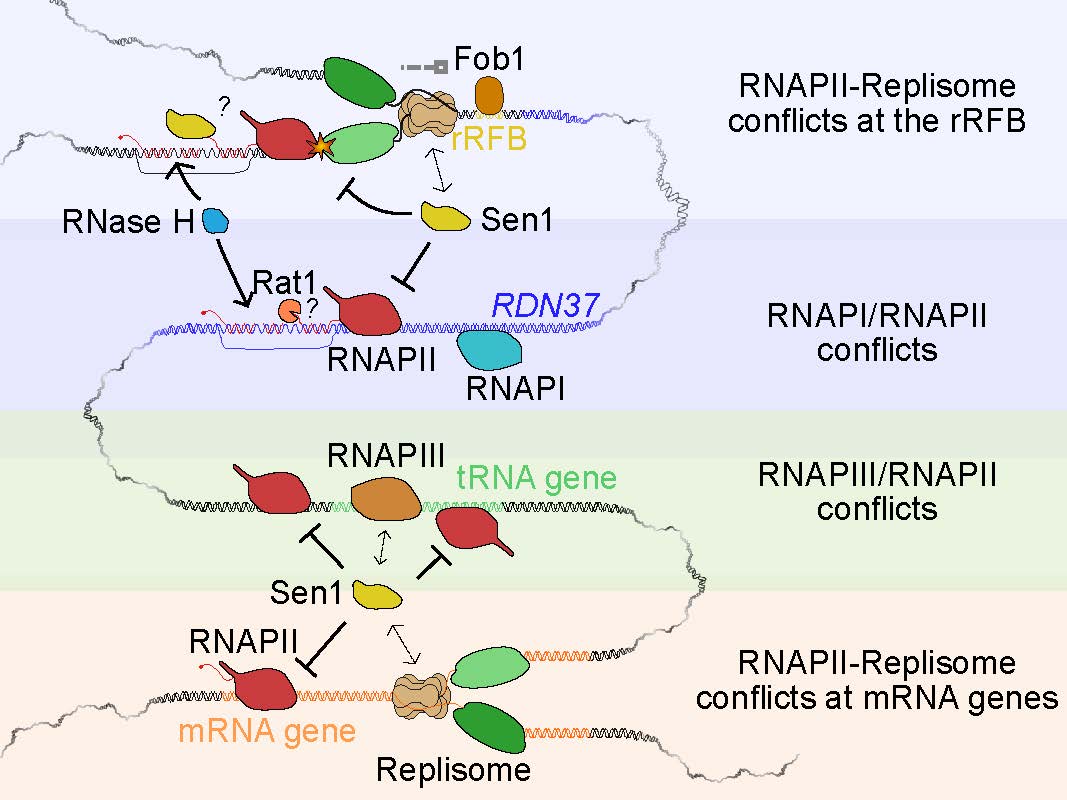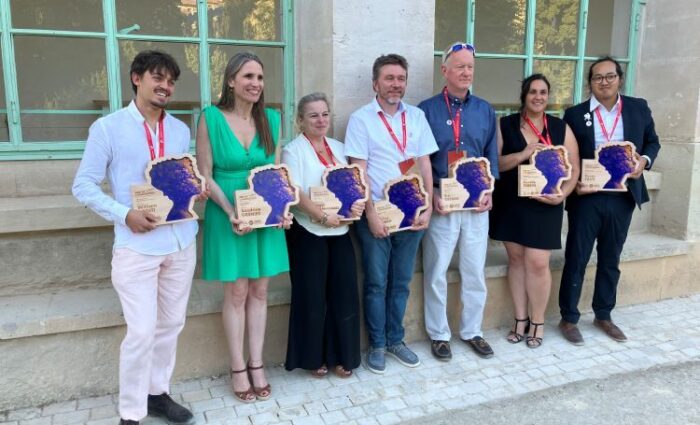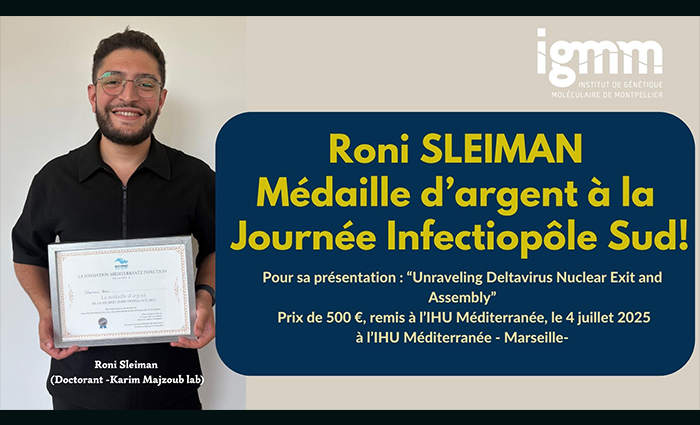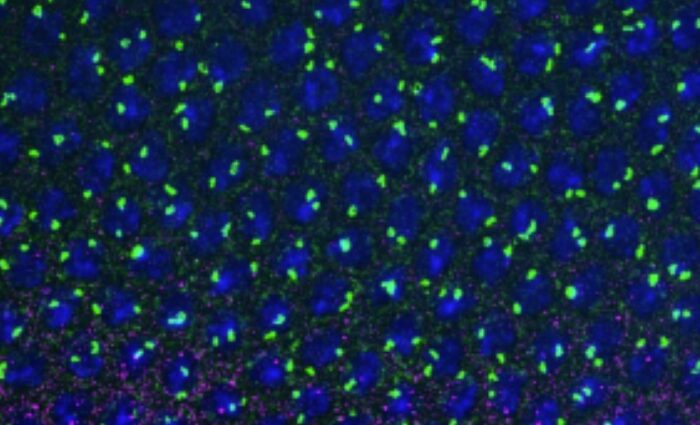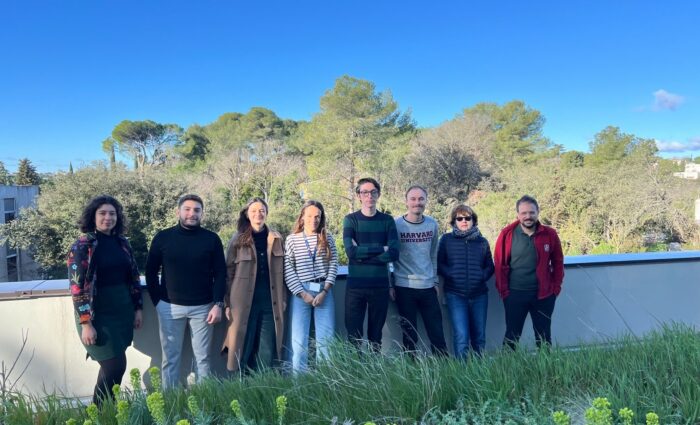Social distancing does not apply only to human societies in times of pandemics. The genome of all organisms is a crowded environment in which many machineries concur to read, copy and repair the encoded information. These machineries are susceptible to encounter each other and some of these collisions might interfere with their good functioning, potentially jeopardizing the physiology of the cell, its survival or even altering cellular controls on proliferation. A typical example are conflicts between transcription and replication. Many studies in the last years have clearly established that transcription is not restricted to well-defined genes but occurs virtually everywhere in the genome, which increases the chances of conflicts. The elongating RNA polymerase complex is very stable, and can arrest replication at sites of conflicts, with potentially deleterious consequences on the fidelity of the process. The mechanisms that prevent or resolve these conflicts are subject of intense investigation: how are these genomic neighborhoods kept in harmony ?
In a study directed by D.Libri at the Institute Jacques Monod and recently published online in Molecular Cell, the authors describe one important cellular mechanism to limit conflicts with transcription. Sen1 is a conserved and essential factor that has a major role in terminating transcription of many non-coding RNA genes, and has also been implicated in limiting transcription-replication conflicts. But these two facets of Sen1 function might not be independent because “stray” RNA polymerases that do not terminate can end up in the way of the replication machinery. The authors exploited the finding that Sen1 interacts with the replisome, presumably to make way for replication when a conflict occurs, and used a mutant that terminates transcription normally but loses the interaction with the replisome. Combining this genetic tool to high resolution genomewide analyses, they could show that Sen1 removes RNA polymerases in the 5’-end of genes being replicated, but also at other sites of collision with the replisome. The action is double: on one side Sen1 prevents RNA polymerases from trespassing, on the other side, when this occurs, removes them from regions of conflicts. Sen1 one is not alone in this task: RNases H are important functional partners, presumably by degrading the nascent RNA associated with its template DNA in a structure called R-loop. But there is more: Sen1 also resolves or prevents conflicts occurring between RNA polymerase II (which transcribes protein coding genes) with the two other RNA polymerases, which transcribe tRNAs and the ribosomal RNA.
Thus, Sen1 is a general peace-maker in a genomic world of conflicts.
https://doi.org/10.1016/j.molcel.2022.06.021
Meet the authors: Umberto Aiello and Domenico Libri: Molecular Cell
Contact : Domenico Libri, Institut de Génétique Moléculaire de Montpellier, email : domenico.libri@igmm.cnrs.fr
Institut : Institut Jacques Monod
